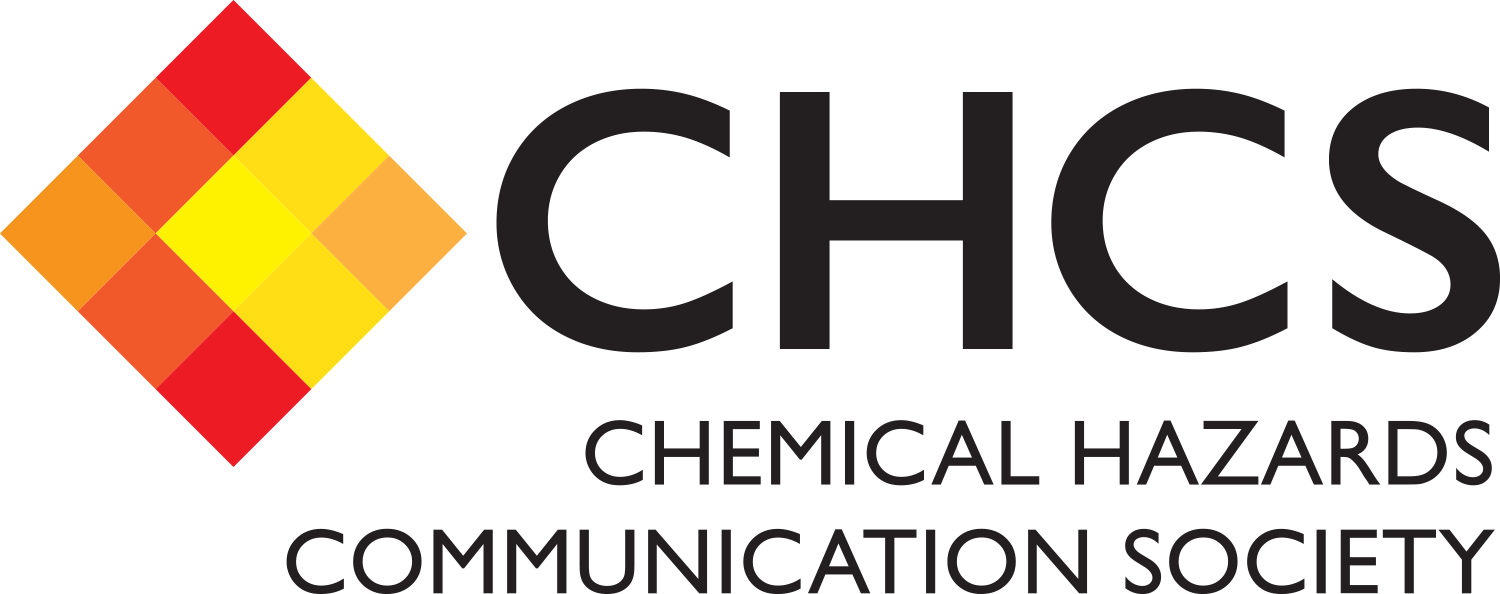Safety Data Sheet Training
EU CLP (GHS) Classification for Supply - Substances
[ Download / Print Version - PDF ]
Classification is the key procedure upon which hazard communication relies, and is central to producing useful safety data sheets and complying with chemical legislation.
This module is designed to give an overview of the CLP Regulation for substances, which have been required to be classified under CLP since December 2010. The module covers what information is required for classification, how the data are obtained, and the procedure for classification, and will highlight where these classifications differ from the previous scheme.
Delegates should note that this module does not cover classification of mixtures (preparations) or details of labelling, which are the subject of the separate Modules 18 and 19. Nevertheless, mixture classification relies on sound classifications for the component substances in the mixture, and a good understanding of substance classification is highly desirable when considering the classification of mixtures.
Delegates should be aware that this module addresses the European CLP regulation which differs in some aspects to the GHS and other regional implementations of the GHS.
Who should attend?
The module is mainly aimed at writers of safety data sheets and regulatory personnel, particularly those who are new to CLP classification. To get the most benefit, delegates should have a basic knowledge of chemistry, toxicology and ecotoxicology, although all key concepts will be explained.
Benefits of attending
The module uses a mixture of teaching and practical exercises to classify substances according to CLP criteria. This classification will be a core requirement for production of compliant safety data sheets and labelling, and an indicator to your customer and regulatory agencies of due diligence. To ensure the most effective training with optimum involvement in participative exercises, there will be a limit of 14 on the number of students.
IOSH members are entitled to include this module in their continuing professional development records.
Module Tutor
Gill Pagliuca has worked in chemical safety for more than 20 years, providing consultancy services including classification and preparation of safety data sheets for a wide range of customers and products. She was involved in the development of the CLP Introductory Guidance and other guidance documents.
What you will learn
The module will include sessions covering the following topics:
- The CLP Regulation, GHS and implementation in the EU.
- How the CLP Regulation fits in with REACH.
- Key concepts of classification: hazard classes, hazard categories, and relationship with labelling
- Physical hazards: which properties does CLP include, how do you measure them, and what are the classification criteria?
- What are the most important toxicological properties, the current testing recommendations, and how you use the results for substance classification?
- Ecotoxicological properties, testing strategies, and classification.
- Sources of hazard information.
Exercises will be held throughout the day to assist in the understanding of the concepts introduced.
Participants need to bring an electronic copy of the Regulation (EC) No 1272/2008 on Classification, Labelling and Packaging of Substances and Mixtures, including Annexes on a laptop or tablet for use during the exercises.
The latest consolidated version of the CLP Regulation can be downloaded from:



